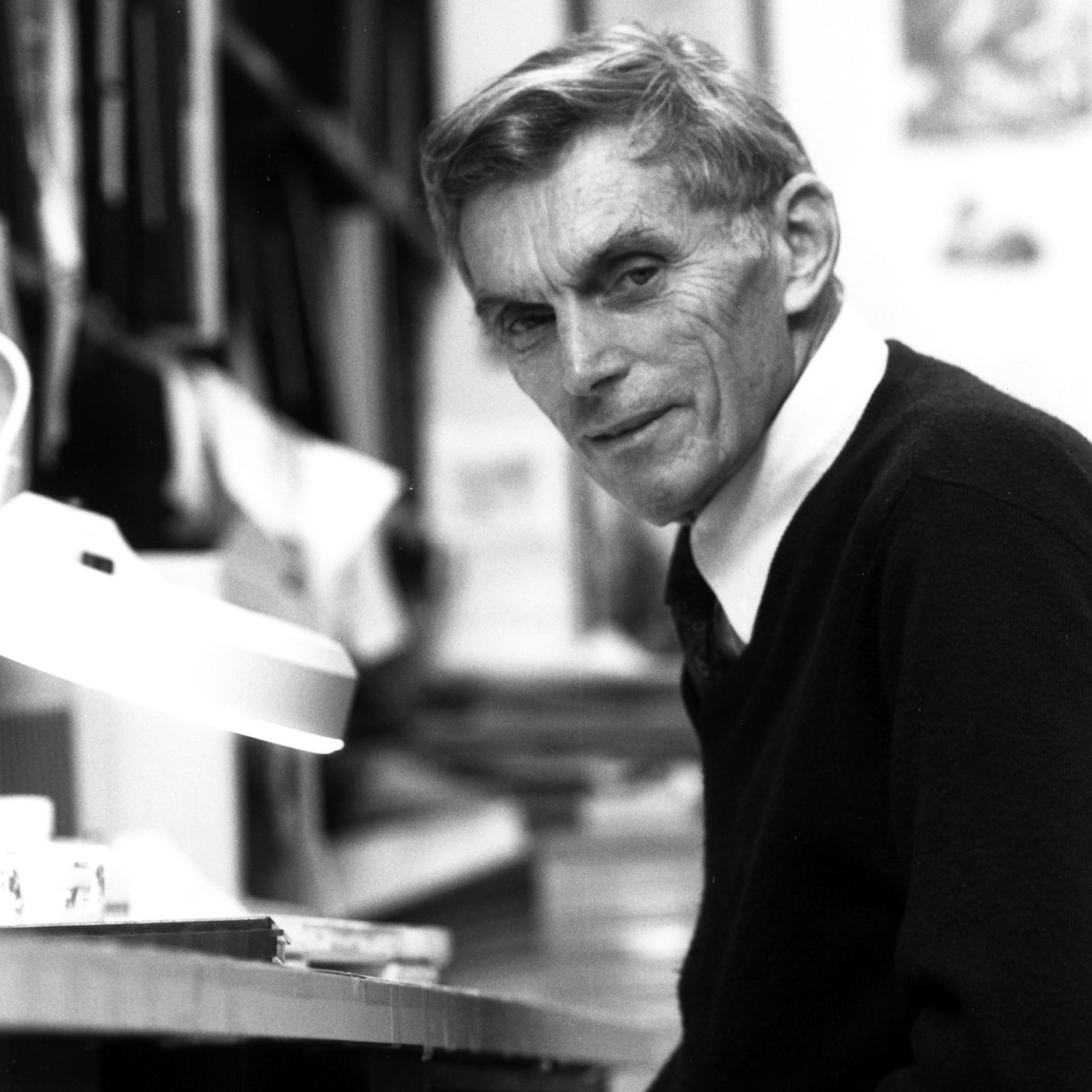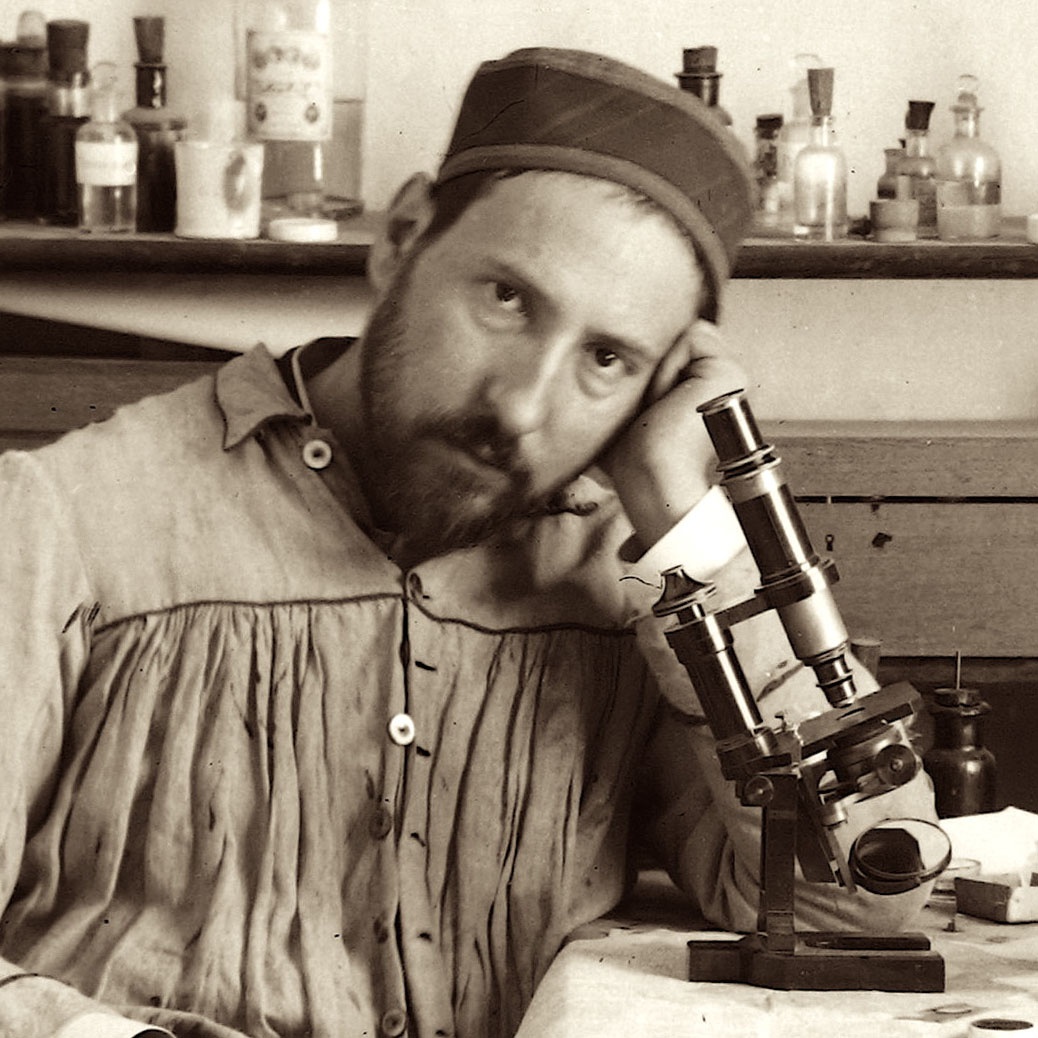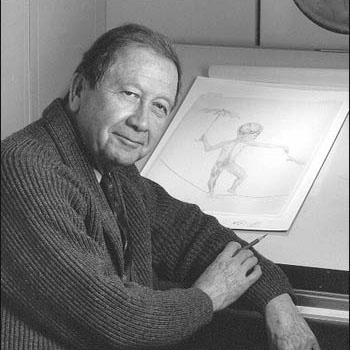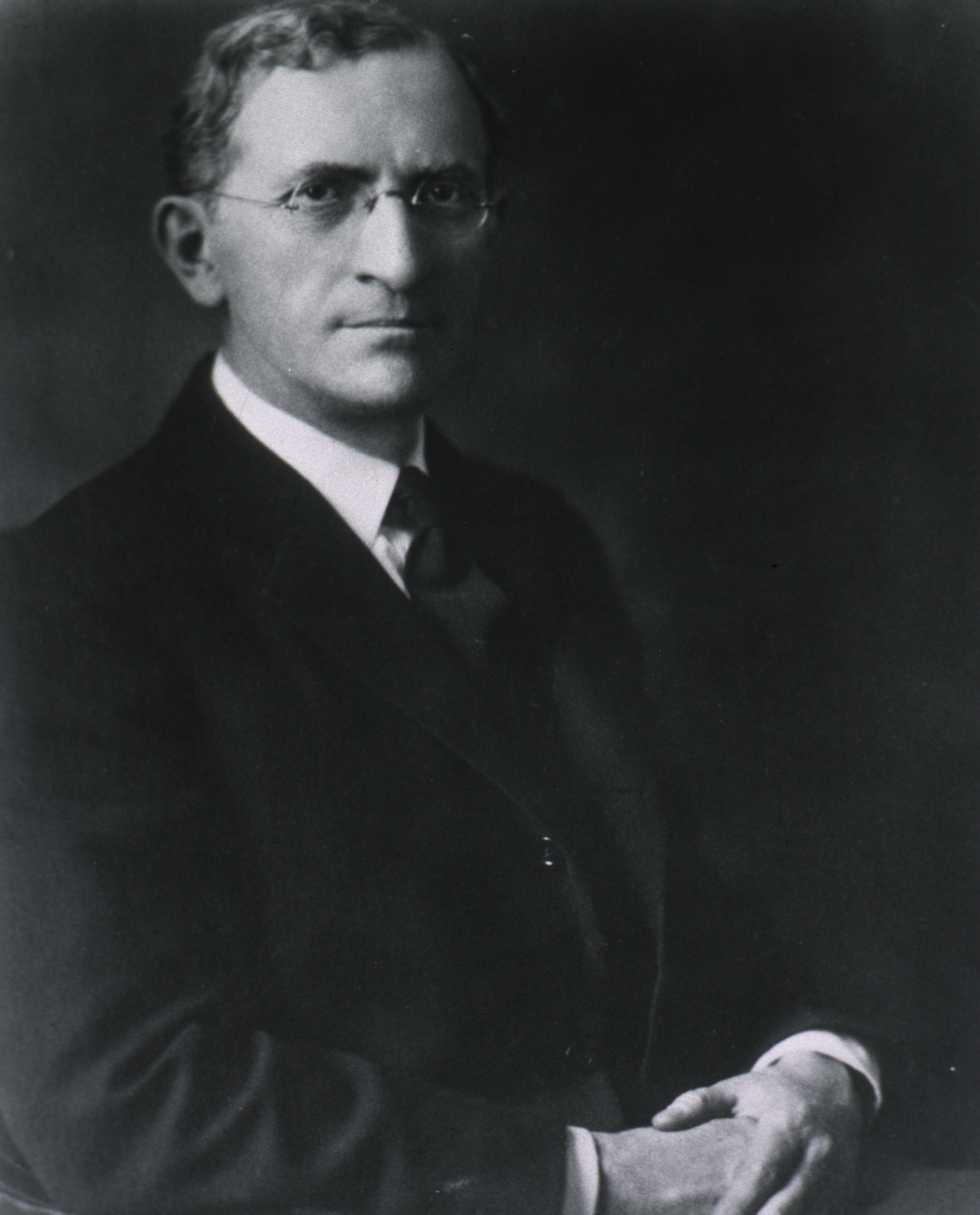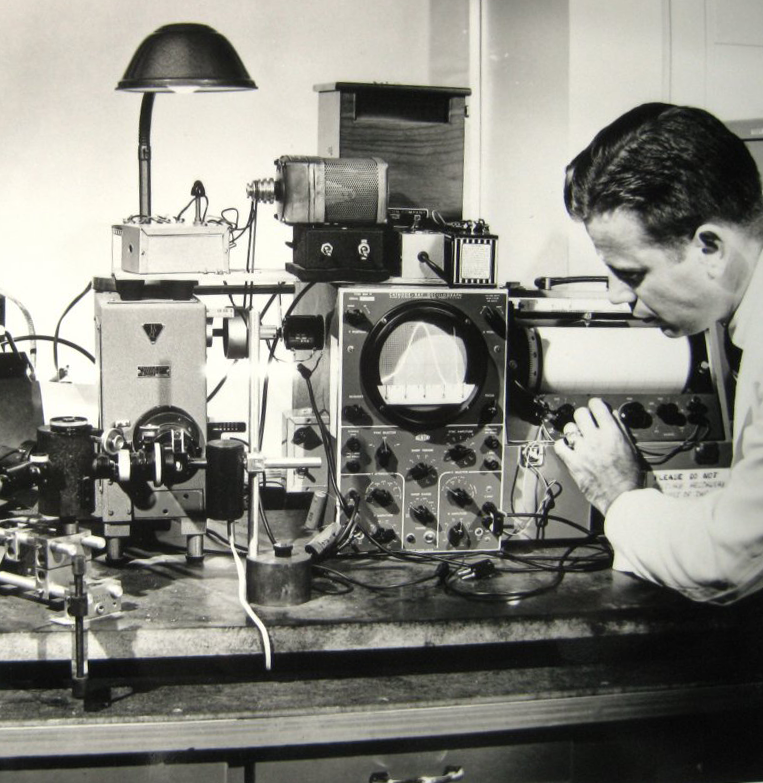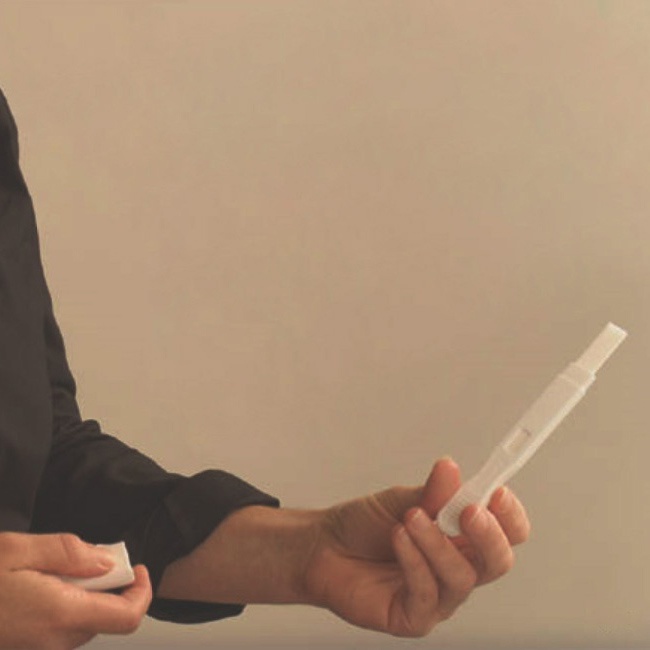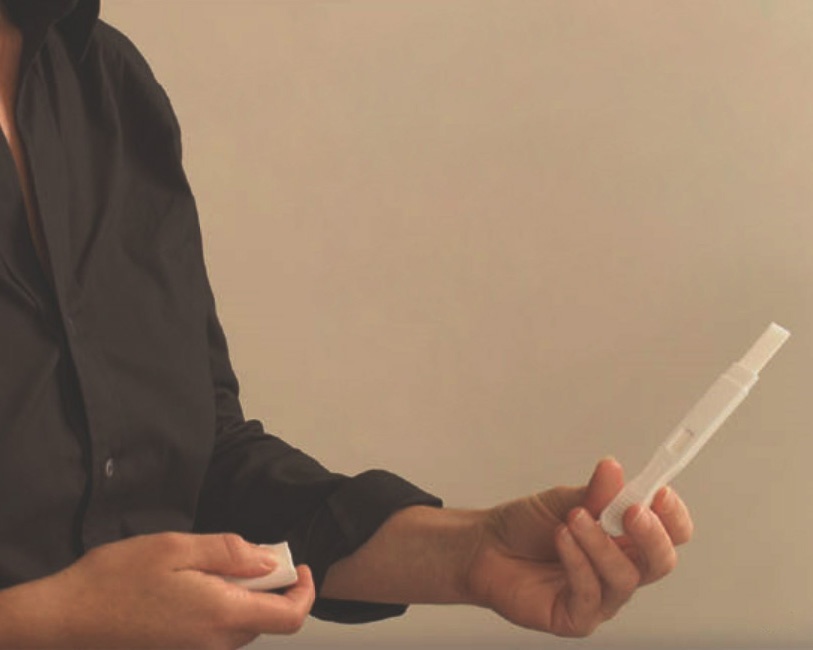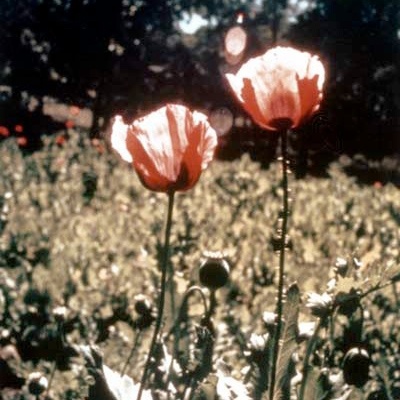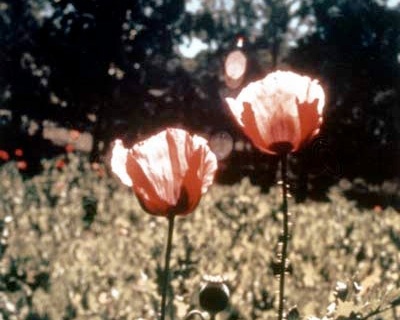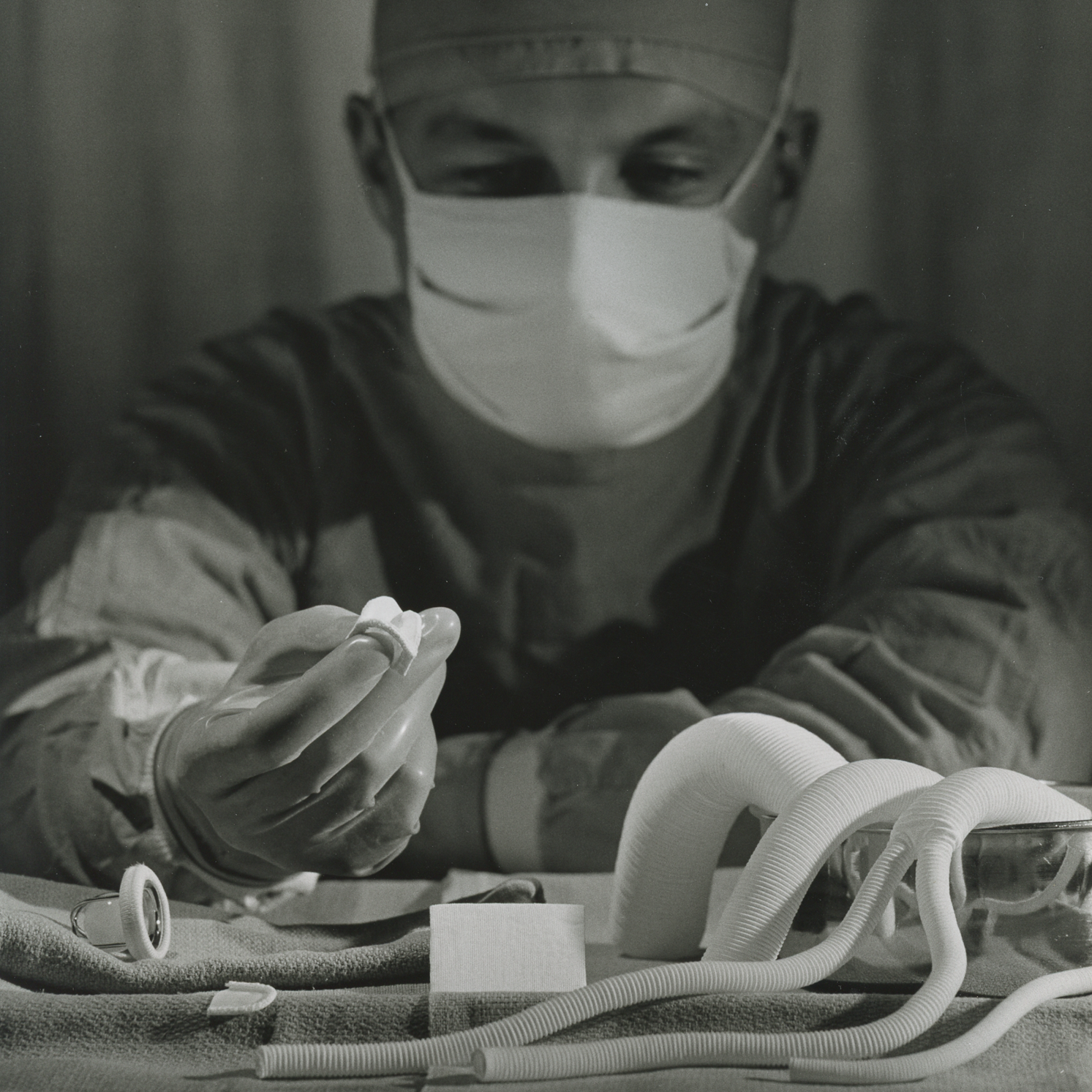Online Exhibits Gallery
The Office of NIH History and Stetten Museum maintains numerous exhibits, some physical and others online. Below is a list of our online exhibits about NIH people, objects, and scientific themes. For onsite exhibitions and displays, as well as their online component, refer to our Onsite Exhibits page.
| Table of Contents | ||||
|---|---|---|---|---|
|
| Unordered List (ul) | |||||||||
|---|---|---|---|---|---|---|---|---|---|
| |||||||||
|
...
| grid-row grid-gap
|
| Unordered List (ul) | ||||||||||||||||||||||||||||||||||||||||||||||||||||||||||||||||||||||||||||||||||||||||||||||||||||||||||||||||||||||||||||||||||||||||||||||||||||||||||
|---|---|---|---|---|---|---|---|---|---|---|---|---|---|---|---|---|---|---|---|---|---|---|---|---|---|---|---|---|---|---|---|---|---|---|---|---|---|---|---|---|---|---|---|---|---|---|---|---|---|---|---|---|---|---|---|---|---|---|---|---|---|---|---|---|---|---|---|---|---|---|---|---|---|---|---|---|---|---|---|---|---|---|---|---|---|---|---|---|---|---|---|---|---|---|---|---|---|---|---|---|---|---|---|---|---|---|---|---|---|---|---|---|---|---|---|---|---|---|---|---|---|---|---|---|---|---|---|---|---|---|---|---|---|---|---|---|---|---|---|---|---|---|---|---|---|---|---|---|---|---|---|---|---|---|
| ||||||||||||||||||||||||||||||||||||||||||||||||||||||||||||||||||||||||||||||||||||||||||||||||||||||||||||||||||||||||||||||||||||||||||||||||||||||||||
| grid-row grid-gap
|
| Unordered List (ul) | |||||||||||||||||||||||||||||||||||||||||||||||||||||||||||||||||||||||||||||||||||||||||||||||||||||||||||||||||||||||||||||||||||||||||||||||||||||
|---|---|---|---|---|---|---|---|---|---|---|---|---|---|---|---|---|---|---|---|---|---|---|---|---|---|---|---|---|---|---|---|---|---|---|---|---|---|---|---|---|---|---|---|---|---|---|---|---|---|---|---|---|---|---|---|---|---|---|---|---|---|---|---|---|---|---|---|---|---|---|---|---|---|---|---|---|---|---|---|---|---|---|---|---|---|---|---|---|---|---|---|---|---|---|---|---|---|---|---|---|---|---|---|---|---|---|---|---|---|---|---|---|---|---|---|---|---|---|---|---|---|---|---|---|---|---|---|---|---|---|---|---|---|---|---|---|---|---|---|---|---|---|---|---|---|---|---|---|---|
| |||||||||||||||||||||||||||||||||||||||||||||||||||||||||||||||||||||||||||||||||||||||||||||||||||||||||||||||||||||||||||||||||||||||||||||||||||||
| grid-row grid-gap
|
| Unordered List (ul) | ||||||||||||||||||||||||||||||||||||||||||||||||||||||||||||||||||||||||||||||||||||||||||||||||||||||||||||||||||||||||
|---|---|---|---|---|---|---|---|---|---|---|---|---|---|---|---|---|---|---|---|---|---|---|---|---|---|---|---|---|---|---|---|---|---|---|---|---|---|---|---|---|---|---|---|---|---|---|---|---|---|---|---|---|---|---|---|---|---|---|---|---|---|---|---|---|---|---|---|---|---|---|---|---|---|---|---|---|---|---|---|---|---|---|---|---|---|---|---|---|---|---|---|---|---|---|---|---|---|---|---|---|---|---|---|---|---|---|---|---|---|---|---|---|---|---|---|---|---|---|---|---|
| ||||||||||||||||||||||||||||||||||||||||||||||||||||||||||||||||||||||||||||||||||||||||||||||||||||||||||||||||||||||||
|
Scientific and Biomedical Instruments and other "Things"
| grid-row grid-gap
|
| Unordered List (ul) | |||||||||||||||||||||||||||||||||||||||||||||||||||||||||||||||||||||||||||
|---|---|---|---|---|---|---|---|---|---|---|---|---|---|---|---|---|---|---|---|---|---|---|---|---|---|---|---|---|---|---|---|---|---|---|---|---|---|---|---|---|---|---|---|---|---|---|---|---|---|---|---|---|---|---|---|---|---|---|---|---|---|---|---|---|---|---|---|---|---|---|---|---|---|---|---|
| desktop:grid
| col
| |||||||||||||||||||||||||||||||||||||||||||||||||||||||||||||||||||||||||
Div |
Innovation and Invention: NIH and Prosthetic Heart ValvesThis exhibition describes the discoveries that led to the heart-lung machine and open heart surgery, the number of experimental replacement valves that were invented and implanted, the role that NIH played in the 1960s and 70s in developing and testing these medical devices, and the public safety and regulatory responsibilities that were entrusted to the FDA. Site Coming Soon Cray X-MP/22 ComputerNIH's first supercomputer, the Cray X-MP/22, was the world's fastest supercomputer from 1983-1986, and the first one devoted solely to biomedical research. Both the physical and virtual exhibits are under development, but you can still see the Cray at its exhibit site located in Building 50.
desktop:grid-col-3 |
| grid-row grid-gap
Div |
Early Medical Instruments at the NIHA cross section of precision instruments used at NIH between 1945 and 1965 is presented.
| |||||||||||||||||||||||||||||||||||||||||||||||||||||||||||||||||||||||
| Div | |||||||||||||||||||||||||||||||||||||||||||||||||||||||||||||||||||||||||||
| |||||||||||||||||||||||||||||||||||||||||||||||||||||||||||||||||||||||||||
| Div | |||||||||||||||||||||||||||||||||||||||||||||||||||||||||||||||||||||||||||
|
| Center | ||||||
|---|---|---|---|---|---|---|
|
| class | desktop:grid-col-3 |
|---|
Laboratory Instrument Computer (LINC)
The story of one of the first supercomputers from its conception in MIT's Lincoln Laboratory, through its use in biomedical research laboratories.
| Center | ||||||
|---|---|---|---|---|---|---|
|
| class | desktop:grid-col-3 |
|---|
Medical Posters
A collection of 24 medical posters drawn by artists at the NIH, representing topics from arthritis to women's health.
| Center | ||||||
|---|---|---|---|---|---|---|
|
| class | desktop:grid-col-3 |
|---|
The National Cancer Institute Real-Time Picture Processor
The Real Time Picture Processor (RTPP) was one of the first special-purpose hardware computers developed for grayscale image processing and was designed to aid in biological image analysis.
| Center | ||||||
|---|---|---|---|---|---|---|
|
Institutes and Ideas
| ||||||||||||||||||||||||||||||||||||||||||||||||||||||||||||||||||||||||||||||
| Div | ||||||||||||||||||||||||||||||||||||||||||||||||||||||||||||||||||||||||||||||
|---|---|---|---|---|---|---|---|---|---|---|---|---|---|---|---|---|---|---|---|---|---|---|---|---|---|---|---|---|---|---|---|---|---|---|---|---|---|---|---|---|---|---|---|---|---|---|---|---|---|---|---|---|---|---|---|---|---|---|---|---|---|---|---|---|---|---|---|---|---|---|---|---|---|---|---|---|---|---|
| ||||||||||||||||||||||||||||||||||||||||||||||||||||||||||||||||||||||||||||||
| Div | ||||||||||||||||||||||||||||||||||||||||||||||||||||||||||||||||||||||||||||||
|
| Center | ||||||
|---|---|---|---|---|---|---|
|
| class | desktop:grid-col-3 |
|---|
Human Genetics and Medical Research
Cracking the genetic code allowed us to study diseases at the molecular level, which has increased our knowledge of potential preventions and treatments for diseases. The study of genetics has become central to the science of medicine. This exhibit asks many questions: How do genes cause disease? Can gene therapy work? How do we manipulate genes and should we?
| Center | ||||||
|---|---|---|---|---|---|---|
|
| class | desktop:grid-col-3 |
|---|
NIBIB: Improving Health Through Emerging Technologies
This exhibit places some examples of cutting-edge research, funded by the National Institute of Biomedical Imaging and Bioengineering, in historical context. The virtual exhibit is under construction but you can visit the NIBIB Emerging Technology Exhibit in person in Building 31.
| class | desktop:grid-col-3 |
|---|
Synthetic Opiates and Opioids
The quest to free us from a dependence upon certain flowers by developing a synthetic source for morphine and codeine and the development of new painkillers is described. This work at NIDDK resulted in the NIH Total Opiate Synthesis method.
| Center | ||||||
|---|---|---|---|---|---|---|
|
| class | grid-row grid-gap |
|---|
| Div | ||||||||||||||||||||||||
|---|---|---|---|---|---|---|---|---|---|---|---|---|---|---|---|---|---|---|---|---|---|---|---|---|
|
| Center | ||||||
|---|---|---|---|---|---|---|
|
| class | desktop:grid-col-3 |
|---|
A History of the Pregnancy Test Kit
This looks at the history of the home pregnancy test and examines its place in our culture. Research that led to a sensitive, accurate pregnancy test was done by scientists in the Reproductive Research Branch of the National Institute of Child Health and Human Development at the National Institutes of Health.
| Center | ||||||
|---|---|---|---|---|---|---|
|
| class | desktop:grid-col-3 |
|---|
| Div | |||||||||||||||||||
|---|---|---|---|---|---|---|---|---|---|---|---|---|---|---|---|---|---|---|---|
| |||||||||||||||||||
|
|
|
| Divli | ||
|---|---|---|
| Div | ||
| ||
| Center | ||
| Span | ||
|
|
| class | grid-row grid-gap |
|---|
| |



